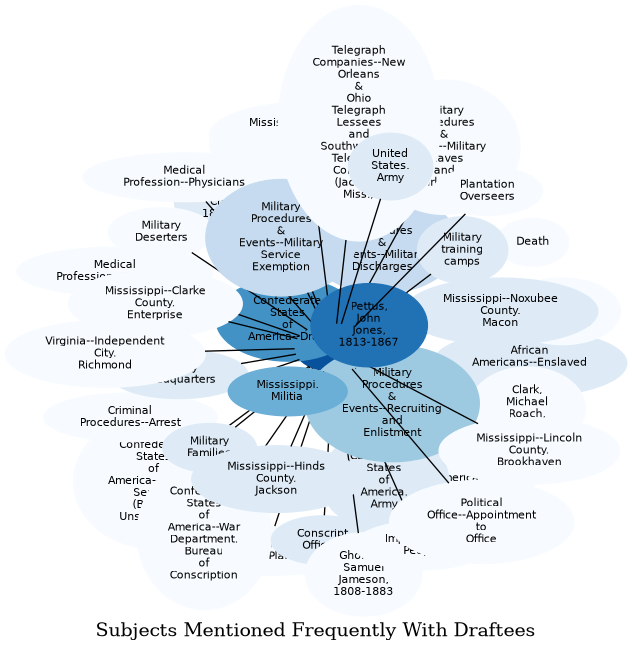Description
In the nineteenth-century United States, the first military drafts occurred during the American Civil War, in which both the Union and Confederate governments issued conscription laws.
The Confederacy, receiving fewer enlistments than it expected at the beginning of the war, passed the First Conscription Act in April 1862, rendering all able-bodied white males between the ages of 18 and 35 eligible to be compelled into military service, but it included a provision by which a draftee could hire a substitute or obtain an exemption. Fearing insurrections by the enslaved population, the Confederacy passed a Second Conscription Act in September 1862 exempting one white enslaver for every twenty enslaved persons on a property, also known as the "Twenty Slave Law". Both the substitute and twenty slave laws isolated impoverished white southerners and rendered the draft deeply unpopular among non-elite southerners.
In the North, conscription began in July 1862 when Congress authorized the president to enlist any militia company into the United States' service. Conscription extended to the general public in March 1863 with the Enrollment Act, rendering any able-bodied white male citizen or immigrant between the ages of 20 and 45 subject to the draft. This law similarly included a provision allowing one to purchase a substitute or commutation for the then-sizeable fee of $300. Draftees could also be exempt by proving that they were the sole support of family members or other dependents.
Many individuals in the North and South saw their respective drafts as affronts to the freedom and individual liberties upon which the United States was founded, while tensions also arose between those of different races, ethnicities, religions, and social classes that were differently represented in the draft. The draft also brought home the realities of war to many families, North and South, who relied on men to support them, as fathers, husbands, sons, and brothers were sent to fight, where they would make the little money paid to soldiers and possibly lose their lives. Conscription in the American Civil War led to the violence of the New York Draft Riots of July 1863, and resulted in widespread and varied resistance in North and South (Bill of Rights Institute).
See also: https://www.battlefields.org/learn/articles/twenty-negro-law
Related Subjects

The graph displays the other subjects mentioned on the same pages as the subject "Draftees". If the same subject occurs on a page with "Draftees" more than once, it appears closer to "Draftees" on the graph, and is colored in a darker shade. The closer a subject is to the center, the more "related" the subjects are.